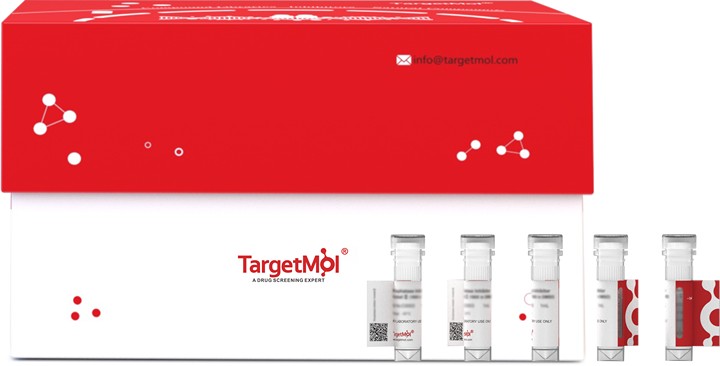Shopping Cart
Remove All Your shopping cart is currently empty
Your shopping cart is currently empty
CD19 Protein, Human, Recombinant (CHO, hFc) is expressed in CHO Cells. The accession number is P15391.

| Pack Size | Price | USA Warehouse | Global Warehouse | Quantity |
|---|---|---|---|---|
| 5 μg | $154 | 7-10 days | 7-10 days | |
| 10 μg | $246 | 7-10 days | 7-10 days | |
| 20 μg | $397 | 7-10 days | 7-10 days | |
| 50 μg | $697 | 7-10 days | 7-10 days | |
| 100 μg | $1,110 | 7-10 days | 7-10 days | |
| 200 μg | $1,770 | 7-10 days | 7-10 days | |
| 500 μg | $3,100 | 7-10 days | 7-10 days |
| Biological Activity | Immobilized Human FMC63 at 2 μg/ml (100 μl/well) can bind Human CD19-Fc. The ED50 of Recombinant Human CD19-Fc is 55.28 ng/ml. Loaded Anti-Human CD19 mAb-Fc on AMC Biosensor, can bind Human CD19-FC with an affinity constant of 2.72 nM as determined in BLI assay. |
| Description | CD19 Protein, Human, Recombinant (CHO, hFc) is expressed in CHO Cells. The accession number is P15391. |
| Species | Human |
| Expression System | CHO Cells |
| Tag | C-Fc |
| Accession Number | P15391 |
| Synonyms | CVID3,CD19 molecule,B4 |
| Construction | Pro20-Lys291 |
| Protein Purity | > 95% as determined by SDS-PAGE |
| Molecular Weight | 57.3 kDa (Predicted); 80-95 kDa (Reducing conditions) |
| Endotoxin | < 1.0 EU/μg of the protein as determined by the LAL method. |
| Formulation | Lyophilized from a 0.2 μm filtered solution of 20 mM PB, 150 mM NaCl, pH 7.4. |
| Stability & Storage | Lyophilized powders can be stably stored for over 12 months, while liquid products can be stored for 6-12 months at -80°C. For reconstituted protein solutions, the solution can be stored at -20°C to -80°C for at least 3 months. Please avoid multiple freeze-thaw cycles and store products in aliquots. |
| Shipping | In general, Lyophilized powders are shipping with blue ice. Solutions are shipping with dry ice. |
| Research Background | CD19 is a single-pass type I membrane protein containing 2 Ig-like C2-type (immunoglobulin-like) domains. CD19 is expressed on follicular dendritic cells and B cells. In fact, it is present on B cells from earliest recognizable B-lineage cells during development to B-cell blasts but is lost on maturation to plasma cells. CD19 primarily acts as a B cell co-receptor in conjunction with CD21 and CD81. Upon activation, the cytoplasmic tail of CD19 becomes phosphorylated, which leads to binding by Src-family kinases and recruitment of PI-3 kinase. CD19 Assembles with the antigen receptor of B lymphocytes in order to decrease the threshold for antigen receptor-dependent stimulation. |
| Size | Quantity | Unit Price | Amount | Operation |
|---|

Copyright © 2015-2025 TargetMol Chemicals Inc. All Rights Reserved.